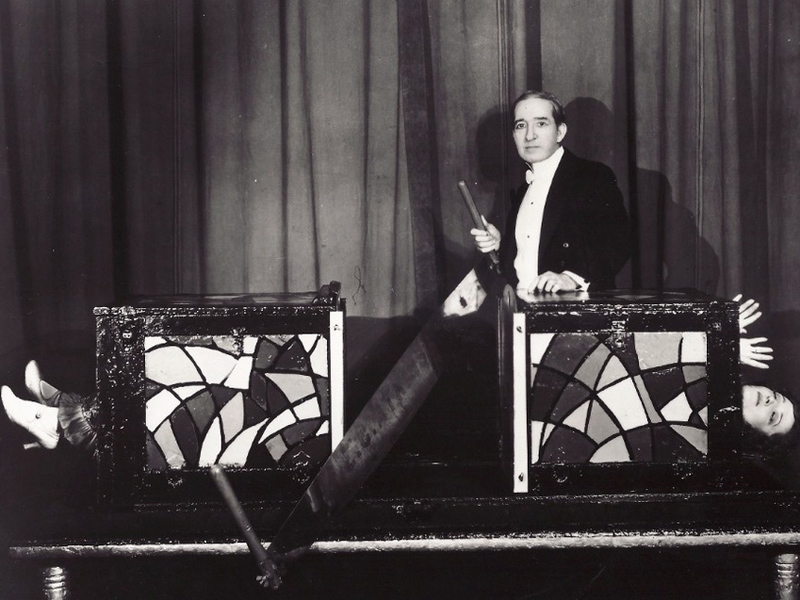Medical students are practising invasive clinical procedures on themselves and fellow students
Medical students are practising invasive clinical procedures on themselves and fellow students at home as well as at medical school, a recent New Zealand study has confirmed.
These procedures commonly include inserting a cannula, taking blood, and giving injections. Less commonly, students are suturing, taking arterial blood samples and inserting nasogastric tubes.
To those working in medical education, these revelations are neither new nor surprising.
Yet the issue raises questions about the ethics and safety of this so-called self-practice, and the pressures that might lead medical students to undertake it.
Should we be concerned about students practising on themselves and their peers? Does it, as the study authors say, set up students to act unprofessionally when they graduate? Or does honing clinical skills this way ultimately benefit patients?
Not necessarily unethical
The inherent ethical dilemma in medical education is that unskilled students need to learn clinical skills by practising on, and potentially harming, others.
The New Zealand paper confirms that students are acutely aware of the responsibility to become proficient. Indeed, their desire to prevent avoidable patient harm appears to drive self-practice. Some people may see such motivation as ethical in its intention.
While there are other harms associated with self-practice – such as disposal of used sharps instruments, harm to oneself, or not getting expert feedback to correct poor technique – we believe the desire to improve through self- or peer-practice is not necessarily unethical or unprofessional.
How has training changed?
The landscape of medical education has changed in the past few decades.
Traditionally, students learned procedural skills under the apprenticeship model, typically in the clinical setting and often involving acutely unwell patients.
In contrast, today, medical schools and hospitals make more use of simulation suites.
In this educational environment, trainees use a range of simulation equipment to learn and practise clinical procedures in a safe environment, under close supervision, and with immediate feedback. Such an environment aims to reduce the need to “practise” on, or unnecessarily harm, patients.
At first glance, good-quality simulation should also remove the need for students to practise invasive procedures on their peers or themselves.
However, the best simulation equipment cannot entirely replicate the complexities of the anatomy and physiology of the unwell patient. Therefore, expertise gained in simulation may not guarantee success in the clinical setting.
Students may feel that practising on peers or themselves is an intermediate step between learning in simulation and safely attempting that skill on a patient. The New Zealand study is a sober reminder that students identify the gap between simulation and reality and may seek to fill it with self- and peer-practice.
Limited access to patients on the wards, the unpredictability of exposure to certain clinical procedures, and time-poor clinical supervisors can further compound students’ feelings of being under-prepared.
It is noteworthy that 22% of students in the study reported they were unsupervised when performing a procedure for the first time on a patient. This aspect of medical training does raise concern, as unsupervised practice may entrench poor technique – and it prevents feedback that could correct performance errors.
Long-term harms?
The study authors claim that self-practice at medical school may translate into poor self-care and unprofessional behaviour as a doctor. They link self-practice to future self-treatment, and ultimately to potential prescribing abuse in a later career.
But this presumed link is tenuous at best – and there is no reason to predict that self-practice of a procedural skill as a student impacts future professionalism.
Importantly, there is a critical difference in context and motivation between doctors who have a health impairment, which may include medication abuse, and students seeking to gain clinical skill. The impaired doctor is not self-prescribing to improve prescribing skill.
Throughout the history of medicine, there are multiple examples of self-experimentation, some of which uncovered significant insights into the treatment of disease. One contemporary example is Australian physician Barry Marshall’s decision to infect himself with Helicobacter pylori to prove that the organism was linked with stomach ulcer disease. This ultimately led to a Nobel Prize in Physiology or Medicine in 2005.
What needs to change?
Some system changes may remove the drivers for students to practise unsupervised invasive procedures on their peers and themselves. Obvious first steps to take are:
- providing guidance on minimising the risks of self-practice;
- improving access to staffed simulation facilities;
- including supervised practice on peers as part of procedural skills training; and
- observing students when they first perform a procedure on a patient in the clinical setting in hospitals.
While there are isolated examples of self-practice that are extreme as mentioned in the study that may raise concern, self and peer-practice per se is not inherently unprofessional or unethical.
Should we be alarmed by the results of the New Zealand study? Definitely not. Can medical educators use this research to help students? Absolutely.
![]()
Eleanor Milligan, Academic Lead, Ethics and Professional Practice, Griffith University and Liz Fitzmaurice, GP and Clinical Skills Educator, Griffith University
This article was originally published on The Conversation. Read the original article.


